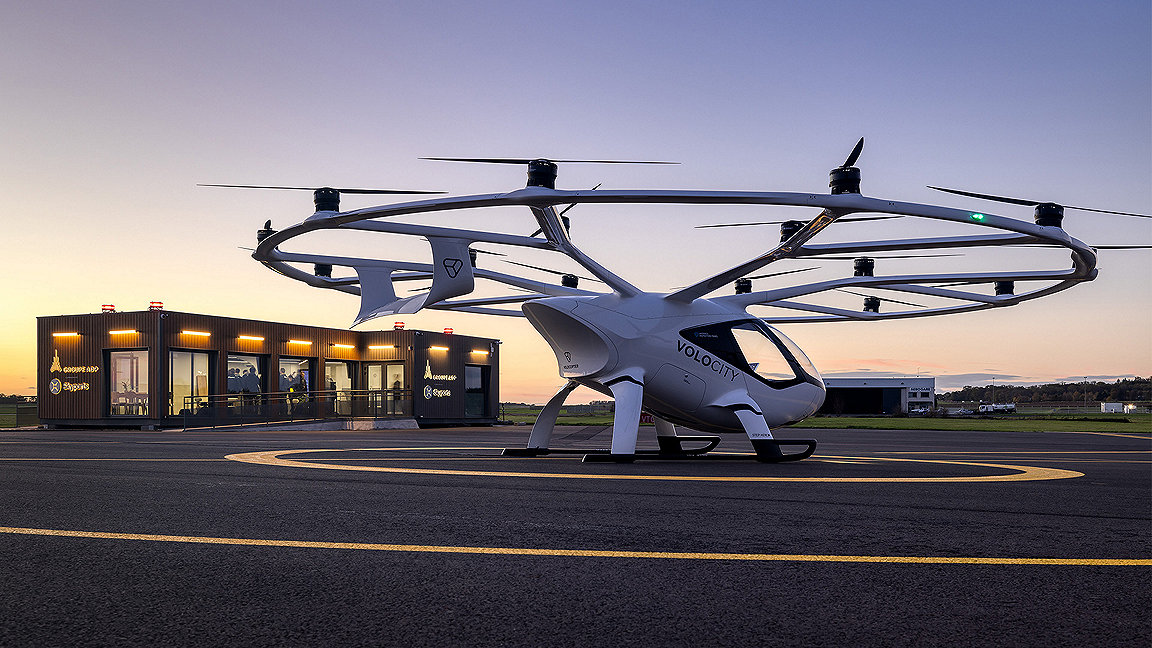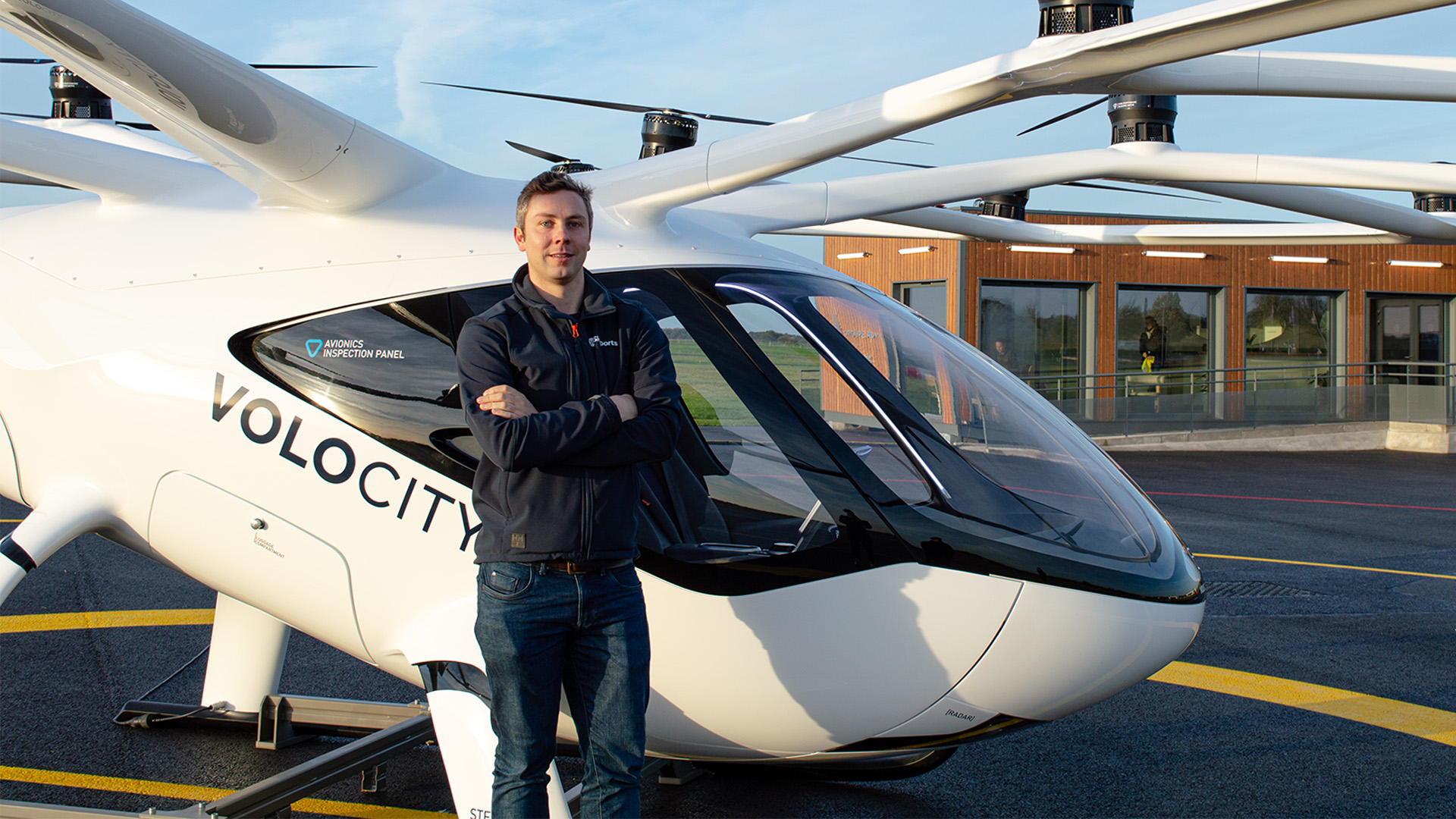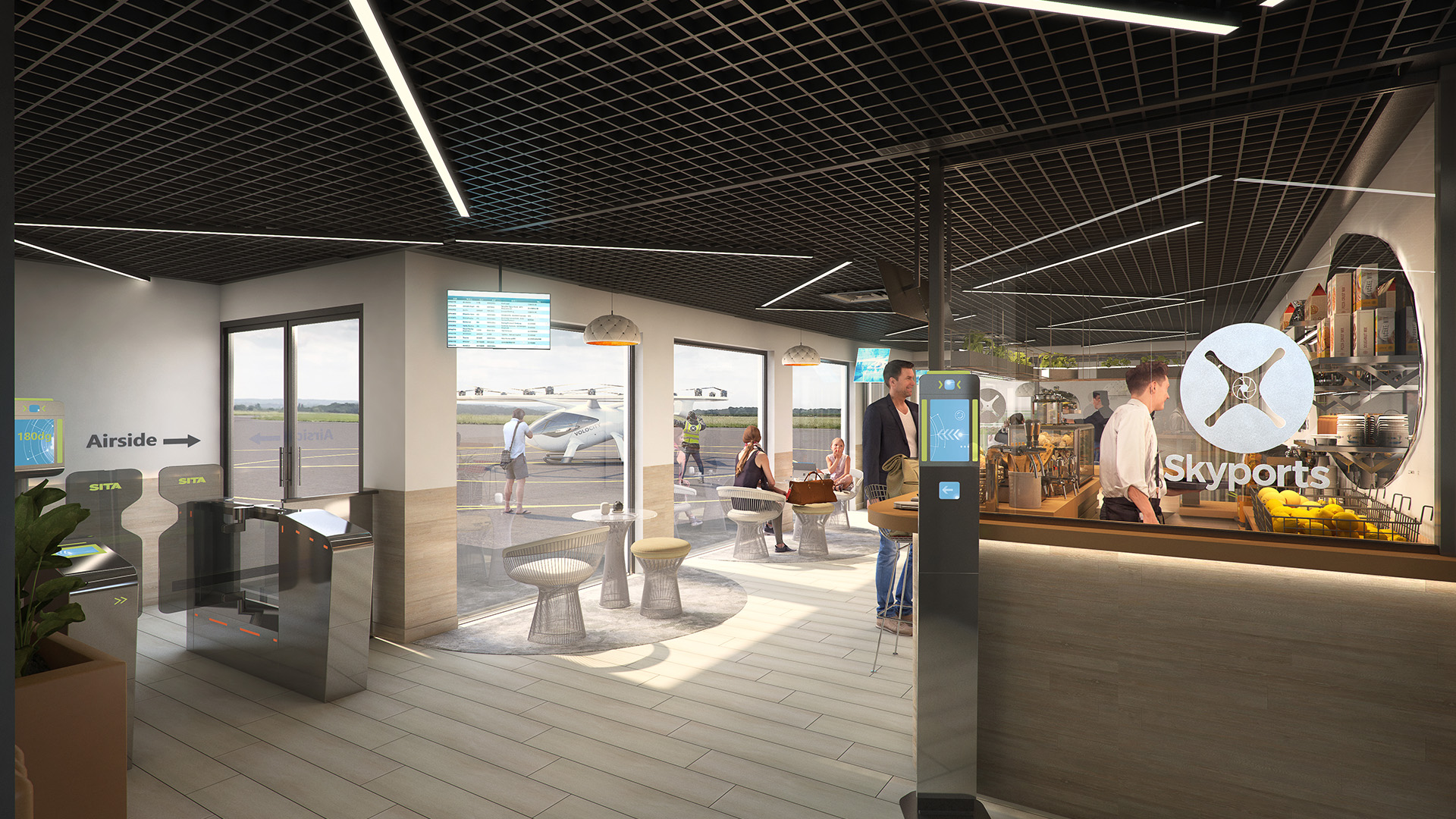
Flying cars have been a staple of science fiction for decades, but within a few years they may finally be a genuine option for travellers.
A host of manufacturers worldwide, many backed by major aviation firms, are spending billions in the race to be the first to develop an eVTOL (electrical vertical take-off and landing) craft suitable for passenger journeys.
Test flights of prototypes capable of carrying four or five people at speeds of over 200km/h are already being carried out, and flying taxi services could be in operation as early as 2024 or 2025, when the first eVTOLs are expected to be certified safe for use.
No-one is yet suggesting that such vehicles will replace cars and trains as means of mass transit. However, they do promise a quieter, less-polluting, low-carbon alternative to helicopter flights for travellers willing to pay a premium for a speedy means which bypasses congested roads. The realisation of that vision will not only require the development of the aircraft themselves, but also a network of supporting ground infrastructure commonly termed ‘vertiports’ to provide a safe base for eVTOLs to take off, land and recharge, as well as for processing passengers.
Choosing a site
The locations of the first vertiports will be determined by the initial use cases for eVTOL travel, says John Reavy, director in charge of the European aviation team at engineering firm Mott MacDonald. “In city environments, where you have key nodes, like an airport, a central train station, or a major hospital, that stimulates the reason for time critical travel,” says Reavy. “Because they are in urban centres, they will need to be small sites, but they must also be able to turn around as many aircraft as possible, as quickly as possible, because the return on the plot of land depends on how many passengers can travel.”
Reavy’s team is providing advice on site selection and design to several of the new breed of vertiport operators that have been founded in recent years. All of them are aiming to develop a model that will enable them to corner a potentially lucrative new market.
In 2019, London-headquartered Skyports developed the world’s first vertiport prototype in Marina Bay, Singapore in collaboration with eVTOL manufacturer Volocopter. The firm subsequently created a European vertiport terminal testbed in France and acquired the London heliport at Canary Wharf to act as a node in the nascent London vertiport network. In February, its plans for Dubai’s future air mobility infrastructure network were approved by the Emirate’s ruler, Sheikh Mohammed.

Renders of the Dubai vertiport

Running mini airports
“We are in the aviation business, so we need a big diverse team, because we will effectively be running mini airports,” says James Bircumshaw MRICS, the UK-based head of site acquisition and partnerships at Skyports. Essential expertise includes design and master planning, development and construction, electrification, airspace, operations, regulation, and technology. “It’s very difficult to secure sites because there are about 200 requirements that we consider.” For a Skyports facility, a suitable plot must be a minimum of around 3,000m2 to accommodate one launch pad and three stands at which vehicles can recharge.
Mott MacDonald has produced a ‘playbook’ of factors to be evaluated when selecting a vertiport site. Even where the business case is clear, the list of potential challenges is a long one, among them: vertiports need an ample power supply for recharging; airspace, trees and tall buildings can impede flight paths; planning approvals must be secured for a completely novel use despite a lack of defined policy.
And this is to say nothing of the usual safety, security and environmental issues relating to any aviation use. “Unfortunately, there is no perfect site,” says Reavy. “And you are not going to build the same concept in London as you are Singapore or the Middle East because the temperature, weather and regulatory standards are different.”

James Bircumshaw MRICS at the Skyports vertiport terminal
Finding suitable sites will be easier in cities with lots of car parking space, such as Los Angeles, or those which have numerous existing helipads, such as Sao Paulo, compared with densely-packed historic European cities, where there are many competing high value uses for a scarce supply of land. Another infrastructure start-up, Urban-Air Port, has developed a concept for vertiports with services and passenger facilities located beneath a dome-like launch pad, a prototype of which was trialled in Coventry in 2022.
“We compacted the design, so it's vertically stacked. That means you have a much wider array of sites where these can be located,” says Urban-Air Port’s CEO Andrea Wu. “Lots of money has been spent developing vehicles, and there's now an understanding within the market that infrastructure needs to catch up very quickly.” Urban-Air Port aims to deliver another demonstrator projects in California next year, followed by the development of a testing facility.

Render of a vertiports terminal

Render of an urban vertiport
More sustainable transport
Skyports has been working to secure sites by partnering with developers planning major urban extensions, including Bicester Motion in Oxfordshire and developer Related Argent’s Brent Cross Town in north London. “When we first started this journey, we were the ones approaching landlords and developers, now it's the other way round. They want to be the first to have a vertiport on their site because of the prestige. It also helps them to hit sustainability objectives because it is clean transportation, and critically, it adds a new mobility mix, which can bring new and different traffic to their site,” argues Bircumshaw.
He expects an initial commercial vertiports network offering city-to-city and city-to-airport connections to be established in the UK by 2026. “There will eventually be 20 to 30 in the UK. The industry will hit some level of maturity in the UK in about 2032, and certainly by 2035 it will be a normal method of transportation.” A likely initial price of around £200 to £300 per passenger journey “to compete with a first-class train ticket or a chauffeur driven car,” will become more affordable as technology improves and the industry expands, he predicts.
To cash in on long term growth, securing locations where operations can begin at a modest scale and then expand as eVTOL travel catches on will be vital, suggests Reavy. He hesitates to make grand predictions about the industry’s future growth, however. “We will certainly see more eVTOL journeys in the future than we have helicopter journeys today. And in certain cities that already have a lot of helicopter traffic it will thrive. But it comes down to the price point as to whether this is a form of travel that is available to more members of the public than just a small elite.”

